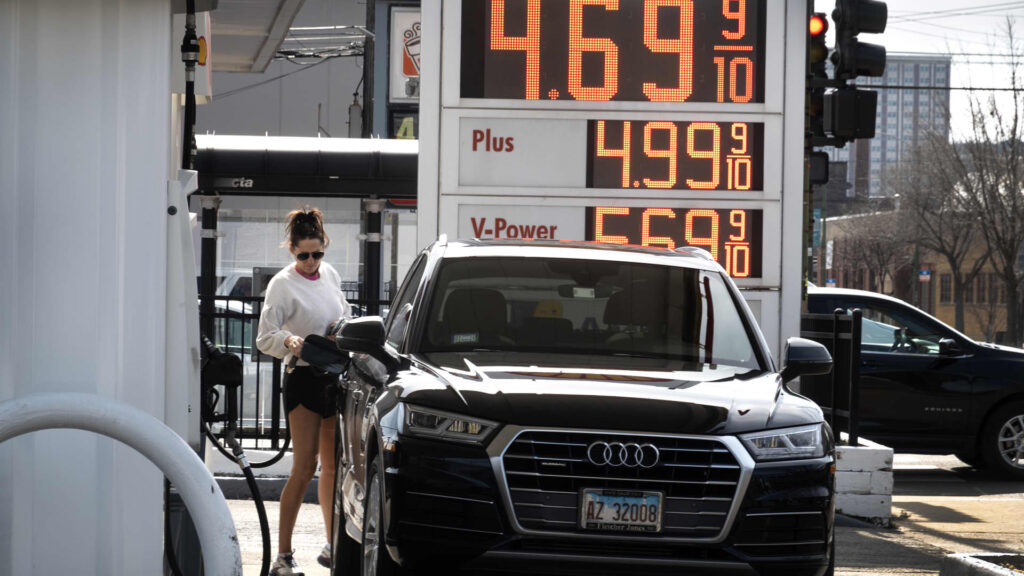Gas prices are displayed at a gas station on March 12, 2024 in Chicago, Illinois.
Scott Olson | Getty Images
From consumer and wholesale prices to longer-term public expectations, reports this week served up multiple reminders this week that inflation isn’t going away anytime soon.
Data across the board showed pressures increasing at a faster-than-expected pace, causing concern that inflation could be more durable than policymakers had anticipated.
The bad news began Monday when a New York Federal Reserve survey showed the consumer expectations over the longer term had accelerated in February. It continued Tuesday with news that consumer prices rose 3.2% from a year ago, and then culminated Thursday with a release indicating that pipeline pressures at the wholesale level also are heating up.
Those reports will provide a lot for the Fed to think about when it convenes Tuesday for a two-day policy meeting where it will decide on the current level of interest rates and offer an updated look on where it sees things heading longer term.
“If the data keep rolling in like this, it becomes increasingly difficult to justify a pre-emptive rate cut,” wrote Steven Blitz, chief U.S. economist at TS Lombard. Taken together, the numbers show “the great disinflation has stalled and looks to be reversing.”
The latest jolt on inflation came Thursday when the Labor Department reported that the producer price index, a forward-looking measure of pipeline inflation at the wholesale level, showed a 0.6% increase in February. That was double the Dow Jones estimate and pushed the 12-month level up 1.6%, the biggest move since September 2023.
Earlier in the week, the department’s Bureau of Labor Statistics said the consumer price index, a widely followed gauge of goods and services costs in the marketplace, increased 0.4% on the month and 3.2% from a year ago, the latter number slightly higher than forecast.
While surging energy prices contributed substantially to the increase in both inflation…
Read the full article here





